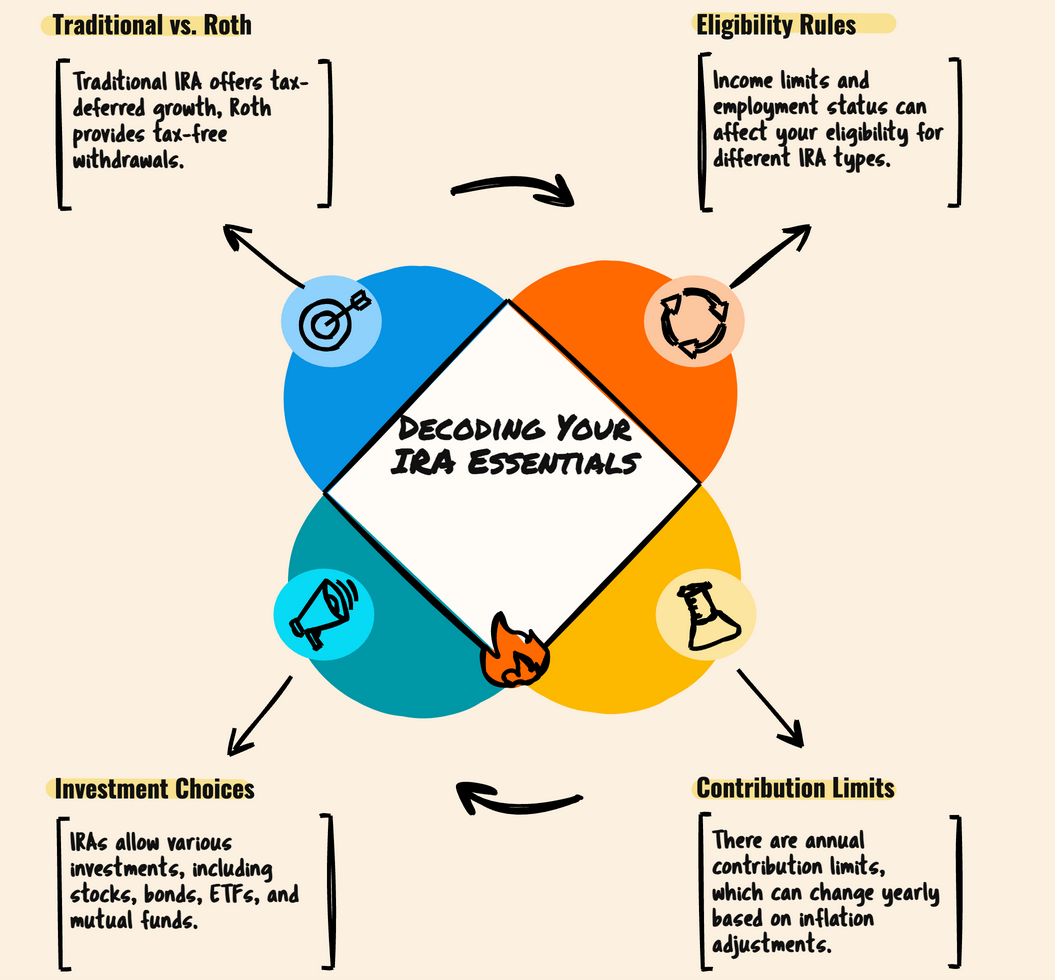Investing in real estate within your IRA can be a smart move if you want to diversify your retirement portfolio and potentially boost your returns. It allows you to leverage tax advantages and control your investments directly. However, you need to follow strict IRS rules, avoid personal use, and manage expenses carefully. Understanding these restrictions is essential to stay compliant. Keep exploring to learn how to maximize your IRA real estate strategy safely and effectively.
Key Takeaways
- Real estate in an IRA offers diversification but requires strict IRS compliance to avoid penalties.
- Using leverage can boost gains but may trigger UBIT and complicate tax filings.
- Proper management and recordkeeping are essential to ensure the IRA remains qualified and compliant.
- Personal use or improper transactions can disqualify the IRA and result in penalties.
- Consulting with an experienced custodian helps navigate regulations and maximize investment benefits.

Are you considering adding real estate to your retirement portfolio? It can be an attractive option for diversifying your investments and potentially increasing your long-term wealth. However, investing in real estate through an IRA involves strict rules and careful management. Before diving in, you need to understand the IRS regulations that govern IRA-owned property to avoid disqualification or penalties. For instance, you can’t use the property for personal vacations or by family members, even if you pay rent. The property must solely serve as an investment, and any personal use by you or your relatives is prohibited. Additionally, you can’t perform repairs or improvements yourself if you’re a disqualified person. Instead, you’d need to hire independent professionals to handle maintenance, ensuring you stay within IRS boundaries. Furnishing the property with your personal furniture is also forbidden, as it could be considered a prohibited transaction.
Managing income and expenses from IRA real estate requires meticulous attention. All rental income must flow directly into the IRA, not to you personally. Similarly, expenses like taxes, insurance, utilities, and repairs must be paid strictly using IRA funds. You should maintain sufficient cash within the IRA to cover ongoing costs, avoiding commingling personal funds with IRA assets. Keeping detailed records is essential for IRS compliance and transparency. Proper bookkeeping ensures you can prove that all transactions adhere to the rules, reducing the risk of penalties or disqualification. Regularly updating records helps ensure ongoing compliance and prepares you for any IRS inquiries.
Ensure all rental income and expenses are handled through your IRA with proper records to maintain IRS compliance.
Leveraged property investments introduce additional complexities. If you finance a property with debt, you might trigger Unrelated Business Income Tax (UBIT), which applies if your IRA actively participates beyond passive rental income. In such cases, you’ll need to file IRS Form 990-T to report UBIT, adding a layer of tax compliance to your investment. Using leverage can amplify gains but also increases potential tax obligations and the complexity of managing your IRA.
Legal ownership also matters. The property’s title must be held in the name of your IRA’s trustee or custodian, not you personally. Proper titling ensures your IRA remains qualified, avoiding penalties. Annually, you should get a fair market valuation of the property to keep your records current and compliant.
To invest in real estate through an IRA, you’ll need a self-directed IRA, as traditional IRAs don’t allow direct property purchases. You must work with a custodian experienced in SDIRA regulations, which can guide you through the setup process and help you avoid prohibited transactions. This approach offers diversification but requires understanding the rules and potential risks involved.
Ultimately, investing in real estate within an IRA can be a smart move if you’re diligent about compliance. It offers the chance for growth and portfolio diversification, but only if you follow IRS rules carefully. Ignoring these regulations can result in disqualification, penalties, or loss of tax advantages, so proceed with caution and expert guidance.
Frequently Asked Questions
Can I Use My IRA to Buy Commercial Real Estate?
Yes, you can use your IRA to buy commercial real estate if you set up a Self-Directed IRA (SDIRA). You’ll need a reputable custodian to manage the account and guarantee IRS rules are followed. Make sure to avoid prohibited transactions, such as personal use or dealing with disqualified persons. With proper setup, your IRA funds can directly purchase, co-invest, or leverage property through non-recourse loans.
Are There Tax Advantages to Holding Real Estate in an IRA?
Imagine your real estate dreams riding a tax-advantaged roller coaster—thrilling, lucrative, and free from tax bumps. Holding property in an IRA lets you grow rental income and gains tax-deferred or tax-free, depending on your IRA type. You avoid annual taxes, keep more of your earnings, and enjoy a smoother path to long-term wealth. Just remember, IRS rules are the safety bars—don’t break them or the ride’s over.
What Are the Risks of Investing in Real Estate Through an IRA?
You face several risks when investing in real estate through an IRA. Prohibited transactions can disqualify your account, leading to taxes and penalties. Illiquidity makes it tough to access funds quickly, especially during emergencies. High costs from fees and appraisals eat into profits, and managing properties within an IRA is complex, requiring strict adherence to IRS rules. Additionally, lack of control and diversification risks may impact your retirement savings negatively.
How Does Borrowing Work Within an IRA for Real Estate?
Think of borrowing in an IRA as walking a tightrope—you must balance carefully to avoid falling into penalties. You can’t borrow directly from your IRA, but you can secure a non-recourse loan, where only the property is at risk. Remember, the IRA’s investment income from leverage may face UBIT taxes, so plan accordingly. Keep disqualified persons out of the picture, and follow IRS rules to stay on the safe side.
What Are the Penalties for Improper IRA Real Estate Transactions?
If you make improper IRA real estate transactions, you risk severe penalties. You could face the disqualification of your entire IRA, making all assets taxable immediately. Additionally, you might owe a 10% early withdrawal penalty if you’re under 59½. The IRS could also impose extra taxes, interest, and penalties. To avoid this, guarantee all expenses are paid from IRA funds, and don’t use the property personally or benefit personally from it.
Conclusion
Ultimately, investing in real estate within an IRA can be a clever, calculated move, combining caution with confidence. Carefully consider your goals, gather guidance, and gauge your risk. Remember, this decision demands diligence and discipline to dodge dangerous diversions. Done right, it can deliver delightful dividends and durable wealth. Immerse yourself in due diligence, don’t delay, and decide wisely—your future finances will thank you for your prudent, proactive planning.










